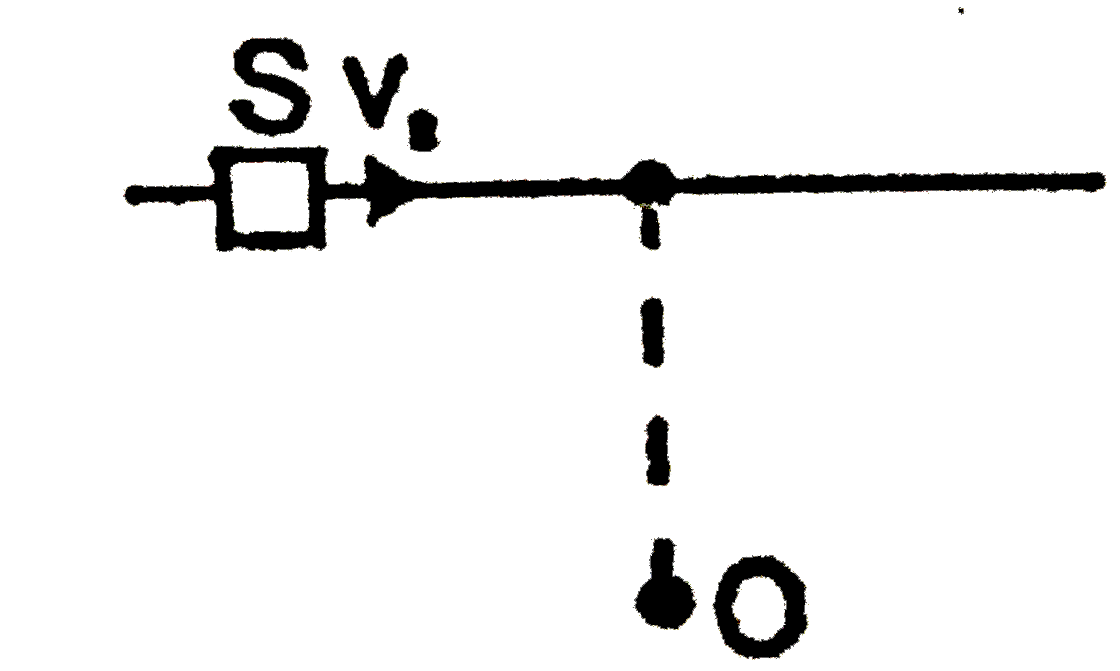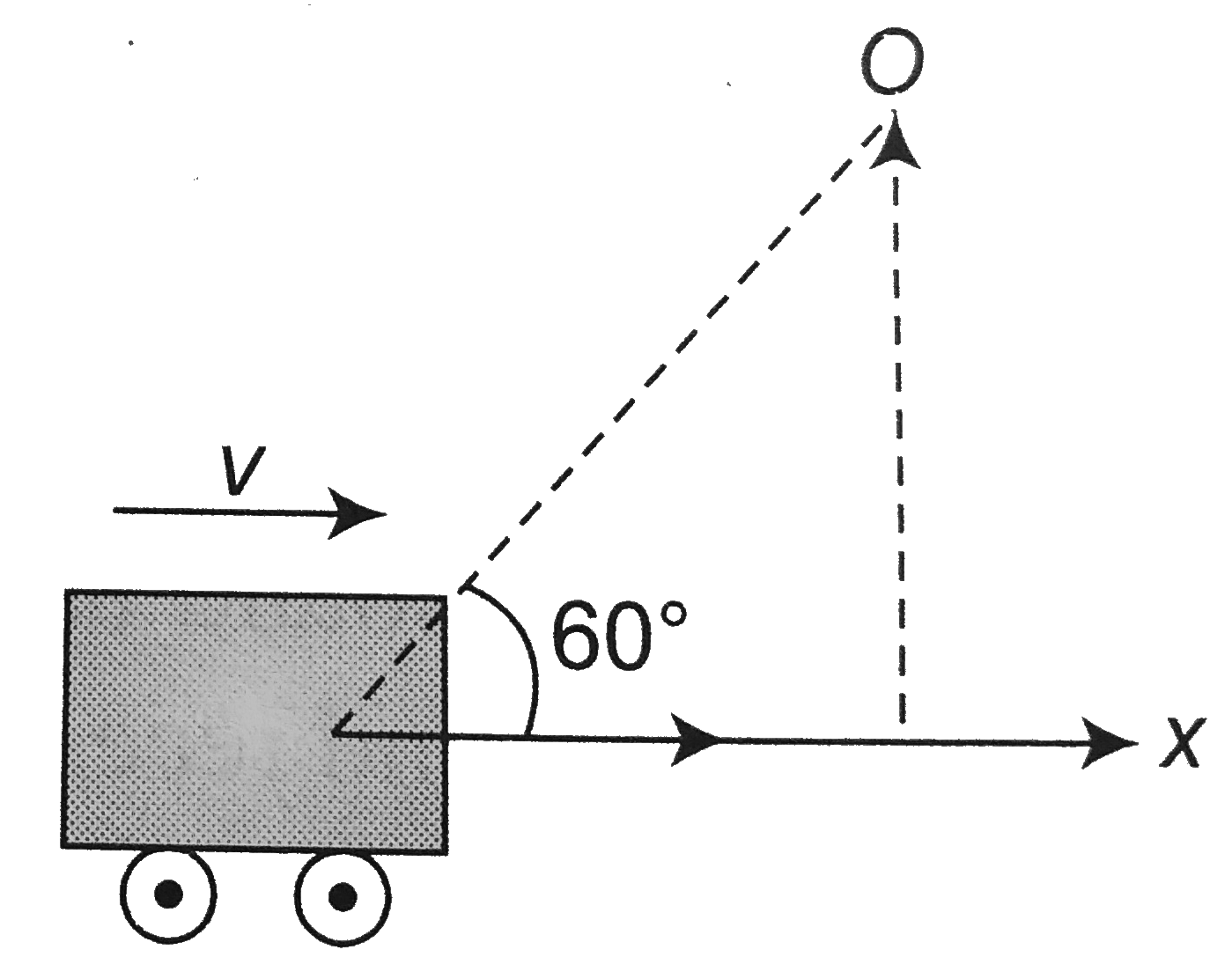Velocity of sound is v. Source and observer move towards each other with velocities and respectively. Wind is blowing with a velocity in the direction opposite to the propagation of sound, n is the frequency of the sound. The apparent frequency of the sound heard by the observer is :-
The correct Answer is:D
Step by step video, text & image solution for Velocity of sound is v. Source and observer move towards each other with velocities V_(s) and V_(0) respectively. Wind is blowing with a velocity v_(m) in the direction opposite to the propagation of sound, n is the frequency of the sound. The apparent frequency of the sound heard by the observer is :- by Physics experts to help you in doubts & scoring excellent marks in Class 11 exams.
Updated on:21/07/2023Topper's Solved these Questions
- WAVESBOOK - NARAYNACHAPTER - WAVESEXERCISE - C.U.Q
68 Videos
- WAVESBOOK - NARAYNACHAPTER - WAVESEXERCISE - Exercise-I (C.W)
104 Videos
- WAVESBOOK - NARAYNACHAPTER - WAVESEXERCISE - Evaluate yourself-4
8 Videos
- VECTORSBOOK - NARAYNACHAPTER - VECTORSEXERCISE - LEVEL-II (H.W)
14 Videos
- WORK , ENERGY & POWER BOOK - NARAYNACHAPTER - WORK , ENERGY & POWER EXERCISE - EXERCISE IV
43 Videos
Similar Questions
A source of sound and a listener are moving towards each other . The velocity of the source is 20ms−1 and that of the observer is 15ms−1 . If the velocity of sound is 340 m s−1 and its frequency is 640 Hz, find the apparent frequency of the sound .
View SolutionThe source (S) of sound is moving constant velocity v0 as shown in diagram. An observer O listens to the sound emmited by the source. The observed frequency of the sound

View Solution
Knowledge Check
If wind blows in a direction opposite to the sound propagation , then the velocity of the sound
AincreasesBdecreasesCremains constantDCannot be determinedIf an observer is moving with uniform velocity v to wards a stationary source of frequency n, and if the velocity of sound in the medium is V, then the apparent change in the frequency of the sound, heard by the observer, is -
AvnV−vBvnVCVnV−vD(V+vv)nA source of frequency n and an observer are moving on a straight line with velocities a and b respectively. If the source is ahead of the observer and if the medium is also moving in the direction of their motion with velocity c, (the velocity of sound being V), then the apparent frequency of the sound heard by the observer would be -
A(V−c+bV−c+a)nB(V+c+bV+c+a)nC(V−c−bV−c−a)nD(V+c−bV+c−a)n

A car is moving along X-axis with a velocity v=20m/s. It sounds a whistle of frequency 660 Hz. If the speed of sound is 340m/s. The apparent frequency heard by the observer O (shown in figure) is:
View SolutionAn observer moves towards a stationary source of sound. The percentage change in the apparent frequency is
View SolutionThe observer is moving with velocity 'v'0 towards the stationary source of sound and then after crossing moves away from the source with velocity 'v'0. Assume that the medium through which the sound waves travel is at rest. If v is the velocity of sound and n is the frequency emitted by the source, then the difference between appearent frequencies heard by the observer is
View SolutionA source of sound is travelling with a velocity of 30ms towards a stationary observer. If actual frequency of source is 1000 Hz and the wind is blowing with velocity 20ms in a direction at 60∘C with the direction of motion of source, then the apparent frequency heard by observer is (speed of sound is 340ms)
View SolutionThe speed of sound in air is v. The velocity of a source of sound whose frequency appears to be doubled to a stationary observer is
View Solution
